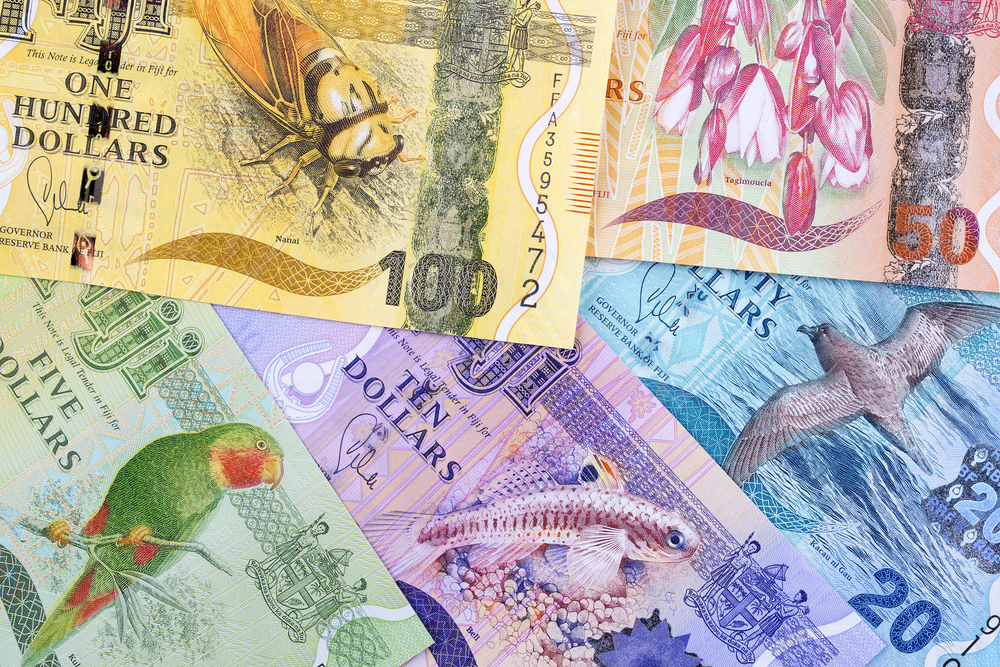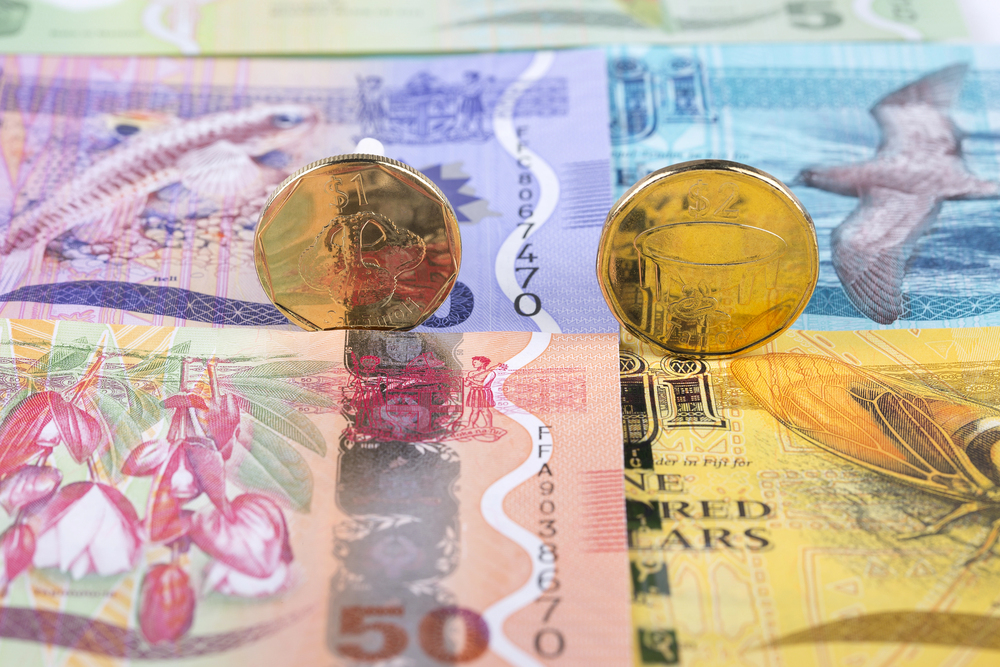Currency in Fiji
A Travel Money Guide to Fiji
Fiji is just a short flight from the Australian east coast, making it a popular holiday destination for couples and families. And what’s not to love? You'll be exploring white sand beaches, enjoying fresh coconuts, and snorkelling in reefs that earned Fiji the moniker the “Soft Coral Capital of the World”.
A holiday destination like this deserves the utmost relaxation. So now is the time to read up on the currency in Fiji and find out the best travel money options for your trip.
Our guide will help you figure out the best way to take your money to Fiji.
What currency is used in Fiji
The best currency to use in Fiji is the Fijian dollar. It’s represented by the international code FJD and the symbol $.
As with the Aussie dollar, the Fijian dollar is made up of 100 cents and comprises a mixture of banknotes and coins with the same denominations you’d find in Australia.
Fiji’s colourful banknotes come as $5, $10, $20, $50, and $100. Coins are available in 5 cents, 10 cents, 20 cents, 50 cents, $1, and $2.
Can I Use Australian Dollars in Fiji?
Australian visitors are so entrenched in the island's tourism that it's natural to wonder if you can use Aussie dollars in Nadi or Suva.
In short, Australian dollars are not accepted across the islands. Despite our frequent travels there, the Aussie dollar has no value to locals and will need to be converted into Fijian money before you hit up the restaurants or bars.
What Currency Do They Accept in Fiji?
You cannot use foreign currencies in Fiji but given its heavy tourist trade, Fijian money changers will happily change Australian, US, or New Zealand dollars for the local dollar.


Buying Fijian Dollars Before You Go
There’s always a comfort in having the local cash on you as soon as you leave the airport. Luckily, buying Fijian dollars before you leave home can be a seamless process, with three main options to suit your needs:
- Buy FJD online and have it delivered or collect it in-store.
- Buy from a bureau de change.
- Buy at your home airport.
Since bureau de change desks at Australian airports are renowned for their poor rates, we recommend avoiding them and picking up your currency ahead of time.
A fuss-free way to secure your travel money is to order it online. It can be delivered to your door or made available for pick-up at a convenient location.
Online currency providers offer competitive deals you’re unlikely to find elsewhere. For example, S Money offers the same rate listed on Google and XE.com.
If you’re in the city, an alternative is to visit a CBD bureau de change. Suburban outlets don’t have the competition to keep prices low and banks often supply high fees and poor rates.
